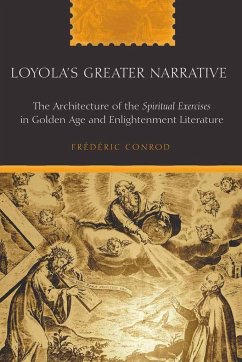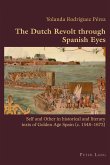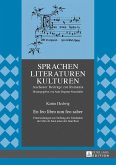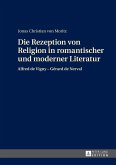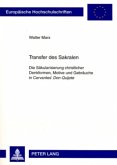The Baroque imagination has its roots in Ignatius of Loyola's Spiritual Exercises (1547), which defined for the Counter-Reformation era the parameters in which Catholic believers must confront the Enemy and the temporal corruption he embodies in order to enter a state of grace and obtain salvation. Through complex interactions of different imaginative functions, Loyola's text is able to superpose a variety of simultaneous narrative levels. In order to reformulate the «greater narrative» (the Magisterium) of the Roman faith beyond what is revealed in Scripture, the Spiritual Exercises require their exercitant to become an active participant in this narrative through constant visual contact with «orders of corruption», that is, spaces in which virtue can be confronted with physical decay and sin. Through these spaces Counter-Reformation Rome (La Roma Ignaziana) would redefine the economy of salvation and diffuse the visual dynamics of the Spiritual Exercises throughout the Catholicworld. In their writings, Spanish Golden Age authors Miguel de Cervantes and Baltasar Gracián use the rising modernity of the novel to transform Loyola's notion of «orders of corruption» by adapting it to the secular world. Their encoded criticism of Loyolan imagination contributed to the epistemological crisis that marks the Baroque age, but also prepared the way for the crucial debates that would take place during the Enlightenment (such as the deconstruction of the Catholic «greater narrative» reflected in Loyola). This book concludes with a discussion of the eventual negation of Loyolan imagination in the novels of the Marquis de Sade, which undermine the Roman faith by parodying the Baroque forms of spiritual visual experience and negate the Loyolan projection into «orders of corruption».
«Frédéric Conrod has written a thoughtful, insightful, and learned book that, like Loyola's Exercises, leads us to meditate upon images and texts. But Conrod's approach does not view the reader as mere exercitant. His study allows the reader to find new meanings and narratives, to view art and architecture from a fresh perspective, and to consider new ways of reading Loyola, Cervantes, Gracián, and Sade. Conrod has written an important book that, focusing on the order of corruption, brings together art and literature, theology and architecture, in order to provide us with a daring vision of the Baroque and its images.» (Frederick de Armas, University of Chicago)

